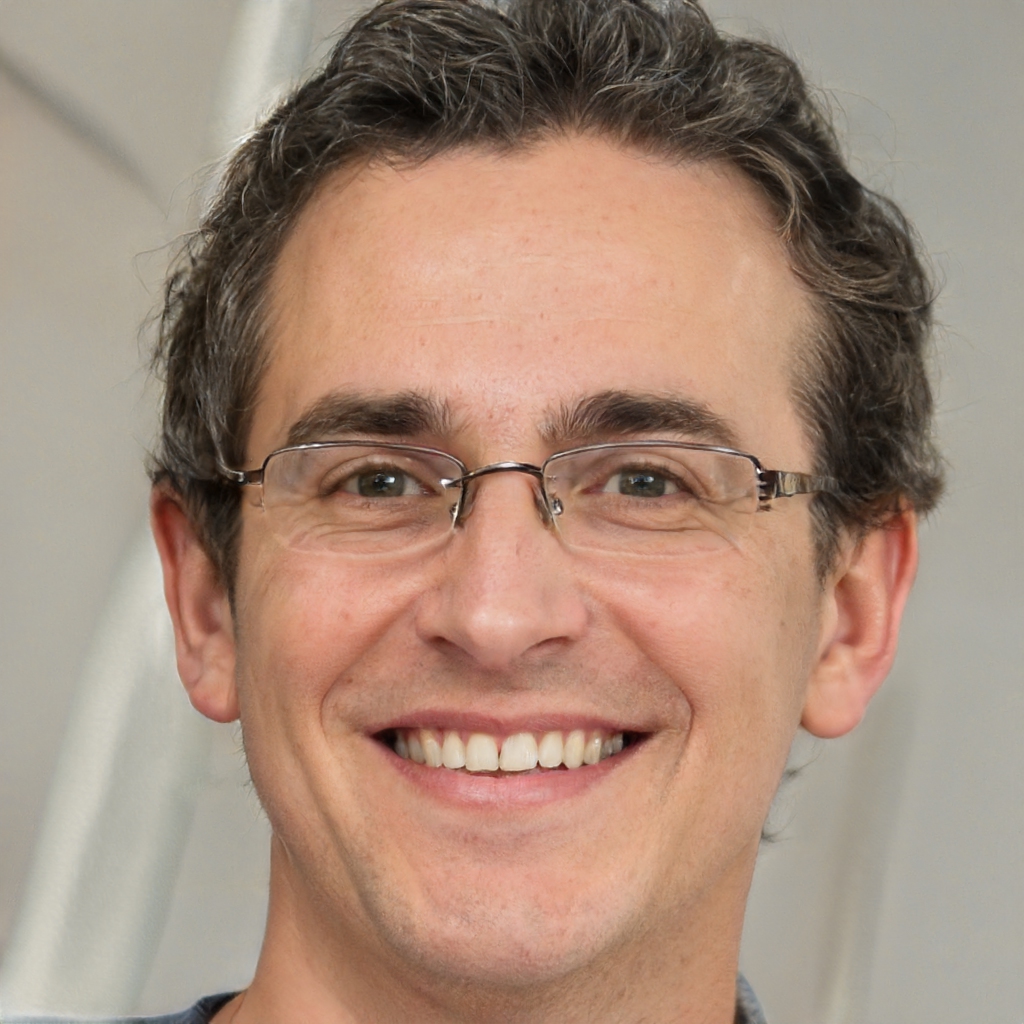Here is who was the first man who was selected to travel in Space and what were the technologies when the era of space missions was inaugurated.
It was April 12, 1961 when man began to explore the space vault: that day the pilot Jurij Gagarin left from Moscow on the Vostock 1 spacecraft, the first to carry a human crew. There followed a 108-minute journey around the earth, and then a triumphant landing, marking the success of the first man in space. This event ushered in the era of space missions, as many more followed after Gagarin's.
The preparation of astronauts
Leaving for a space mission is not exactly like getting in the car for a trip to the sea. Especially not back then, when it all had yet to begin. Of the 3461 men who were candidates for the Vostok mission, only 20 underwent the extremely tough training necessary to prepare for it, based on periods spent in isolation chambers and endurance tests of various kinds.
In the end, six were selected. And among them, Gagarin. The morning before departure, the cosmonaut had a specific breakfast and wore clothing designed specifically for that type of trip, consisting of an under-suit and a pressurized protective suit, it comes with a ventilation system and feeding. After this preparation, the first man in space was ready to go.
Who was Jurij Gagarin
To understand the event we must better understand who was the first man in Space, what was his life and his background. Jurij Gagarin did not have an easy life. Born in 1934 about 200 km from Moscow, he had to abruptly interrupt his education in 1941 because of the war. However, since childhood he had shown a great passion for airplanes, so much so that at the age of twenty he enrolled in a flight school. With that patent he could access the Soviet Air Force, thus becoming a military pilot. In 1959 he volunteered for special training, as a pilot of a new type of apparatus.
The Vostok 1
Jurij Gagarin left aboard a 4.4-meter-high and 4.7-ton spacecraft, the Vostok 1. It was composed of two different parts: the main one was the habitable module, the one that housed the astronaut, equipped with optical divider, porthole, camera, as well as the instrumentation to monitor the vital parameters of the pilot. There was also an ejector seat, with parachute, which was used to eject the pilot and land him in the re-entry phase. The other part was a service module which contained the necessary instrumentation for the trip, including 16 tanks of oxygen and nitrogen.
Jurij Gagarin's journey
Jurij Gagarin's flight began at 9:07 a.m. and lasted 108 minutes, completing a full elliptical orbit around the Earth. During the flight he was able for the first time to observe the Earth from space, describing it as blue, in a black sky. Famous are his first words after departure: "I see the Earth ... is magnificent. As planned, the re-entry into the Earth's atmosphere took place in Kazakhstan. The space capsule headed first towards Siberia, and then flew over the Pacific Ocean. Once arrived over Africa the retro-reactors were turned on in order to brake the spacecraft. He was ejected with a parachute at an altitude of about 7,000 meters, and won the name of the first man in space.
The choice of the date
The choice of the date for that flight was not accidental: it was in fact the ongoing Cold War that saw Russia and America opposed to win the primacy of the space race. Since the first American mission of that type was scheduled for May 5, the Russians beat the antagonists to the punch, arranging for Jurij Gagarin's mission on April 12.
Metropolitan legends
There is no lack of urban legends about the enterprise, according to which there would have been a first man in Space before Gagarin, or perhaps even others: there are many conspiracy theories that the Russians would have tried to fly other men in Space, in missions, however, ended badly and then passed into silence.
The second man in Space
The second man in Space was German Stepanovič Titov, who after Jurij Gagarin, on August 6, 1961, was launched aboard the Vostok 2. His mission lasted about 25 hours and to date he is the youngest pilot ever launched into space. He was the first person to suffer from space sickness, which is a typical ailment that afflicts those who undertake this type of travel.
